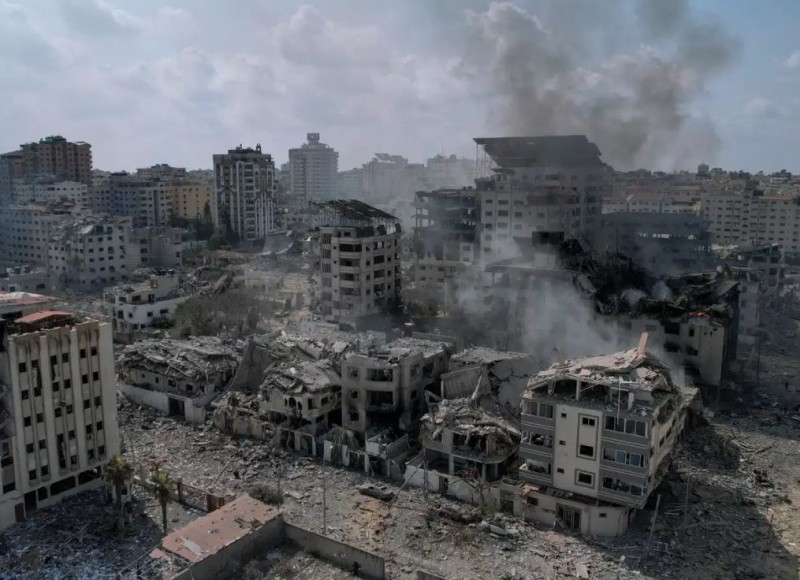
Four days ago, the Palestinian organization Hamas launched a deadly attack on Israel from the Gaza Strip, leading to an escalating conflict between Hamas and Israel. Immediately following the attack, Israel declared it as an act of war and initiated military operations against Hamas. These developments have once again brought the Palestinian-Israeli conflict to the forefront, with Gaza Strip being at the epicenter of the current situation.
Gaza Strip is often referred to as an "open-air prison" by human rights organizations, and the recent events have exacerbated the dire conditions in the area. As early as 2021, the United Nations Secretary-General, Antonio Guterres, characterized the situation in Gaza Strip as a "hell on Earth." According to the United Nations, it is one of the poorest places in the world.
What is Gaza Strip?
Gaza Strip is a small territory situated on the eastern coast of the Mediterranean Sea, in the land of Palestine. It is bordered by Egypt to the southwest and Israel to the east and north. The region is approximately 41 kilometers long and only 6 to 12 kilometers wide, yet it is densely populated with an estimated population of 2 million people, making it one of the most densely populated areas in the world.
High Unemployment Rates:
The economic situation in Gaza Strip is extremely dire, with an unemployment rate of around 46%, and youth unemployment reaching nearly 60%. In contrast, Israel has an unemployment rate of only 4%, similar to the United States.
Lack of Essential Supplies:
The people in Gaza Strip face severe shortages of essential items like food and medicines due to their economic conditions. The Relief and Works Agency of the United Nations reported that approximately three out of every five people in Gaza are food insecure. This results in many struggling to find enough food to eat, let alone lead a healthy life.
Insufficient Infrastructure and Healthcare:
Gaza Strip suffers from inadequate infrastructure and healthcare facilities. People frequently fall ill, but often lack access to adequate medical care. Serious illnesses often require patients to seek treatment in other countries, which is financially unfeasible for most residents.
Gaza Strip's situation worsened significantly in 2007 when Hamas came to power in Palestine, leading to the sealing of borders by both Israel and Egypt. This has intensified the hardships faced by the people in Gaza. According to a United Nations report from 2020, this has caused an economic loss of $16.7 billion in the following decade and increased poverty in the region by fourfold.
In summary, Gaza Strip is a region characterized by severe economic difficulties, high unemployment rates, lack of essential supplies, and inadequate healthcare facilities. The recent conflict has further exacerbated these challenges, making it a region of deep concern for humanitarian organizations and the international community.
Triumph's Scrambler 400 X Roars into Indian Market, Know Features
Indian Railways' Innovative Sleeper Train by This Moent-end: Enhancing Commuter Experience
Raising Awareness on Mental Health: Tackling the Stigma and Neglect of Mental Health in India